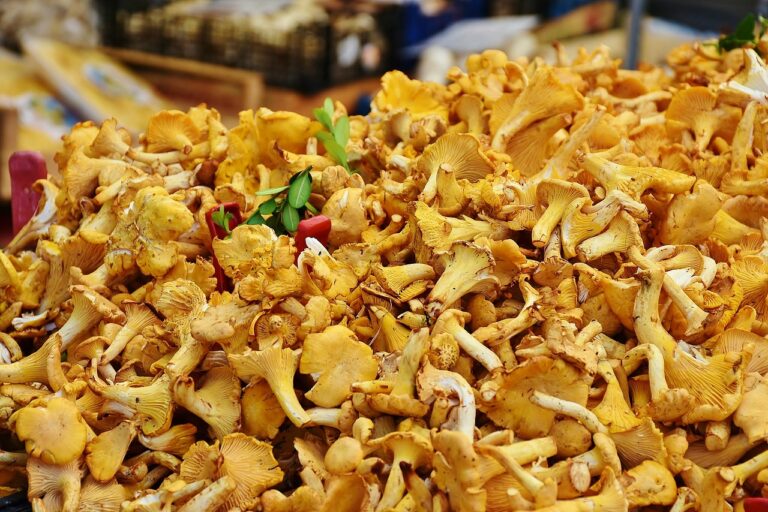The Impact of Pandemic on Food Industry: Adaptations and Innovations
The food industry has encountered numerous challenges since the onset of the pandemic. With lockdowns and restrictions implemented globally, restaurants faced significant losses due to forced closures and reduced capacity regulations. This led to financial strains, layoffs, and, unfortunately, permanent closures for many establishments.
Moreover, the disruption in the supply chain posed a major obstacle for the food industry. Farmers, producers, and distributors faced difficulties in transporting goods, leading to shortages and fluctuations in pricing. The uncertainty surrounding the pandemic further exacerbated these challenges, making it hard for businesses to plan and adapt to the constantly changing circumstances.
Shift Towards Online Food Delivery Services
The global pandemic has accelerated the shift towards online food delivery services, with more consumers opting for the convenience and safety of having meals delivered to their doorstep. As dine-in options became limited or unavailable during lockdowns, people turned to ordering food online to satisfy their cravings and fulfill their needs for a delicious meal.
Restaurants that previously relied mainly on in-person dining had to quickly adapt to the rising demand for online delivery. Many establishments partnered with popular food delivery platforms or developed their own delivery systems to reach a wider customer base and stay afloat amidst the challenges posed by the pandemic. This shift not only provided a lifeline to struggling businesses but also opened up new avenues for innovation and growth in the food industry.
The rise of online food delivery services has revolutionized the way people order and enjoy meals.
Consumers appreciate the convenience and safety that comes with having their favorite dishes delivered to their homes.
Restaurants have had to adapt quickly by partnering with delivery platforms or creating their own systems to meet the growing demand for online orders.
This shift towards online food delivery has not only helped businesses survive during challenging times but also sparked creativity and growth in the industry.
Rise in Popularity of Meal Kits and Subscription Services
Amidst the ongoing pandemic, there has been a noticeable surge in the popularity of meal kits and subscription services. Consumers are increasingly turning to these convenient options to access fresh ingredients and try out new recipes from the comfort of their homes. The ease of having pre-portioned ingredients delivered straight to their doorsteps has resonated with many individuals looking for a hassle-free cooking experience.
Additionally, the rise in popularity of meal kits and subscription services can also be attributed to the growing interest in home cooking and the desire for healthier meal options. With more people spending time indoors and prioritizing their well-being, these services offer a convenient solution for individuals looking to maintain a balanced diet without the need to venture out to grocery stores. This shift towards at-home culinary experiences reflects a broader trend towards more mindful eating habits and a greater appreciation for the art of cooking.
What challenges did the food industry face during the pandemic?
The food industry faced challenges such as disruptions in the supply chain, reduced foot traffic in restaurants, and increased demand for home delivery services.
Why did the food industry shift towards online food delivery services?
The shift towards online food delivery services was driven by the need to adapt to changing consumer behavior during the pandemic, with more people opting to order food for delivery or takeout rather than dining out.
What led to the rise in popularity of meal kits and subscription services?
The rise in popularity of meal kits and subscription services can be attributed to factors such as convenience, time-saving benefits, and the desire for fresh, home-cooked meals without the hassle of shopping for ingredients.







